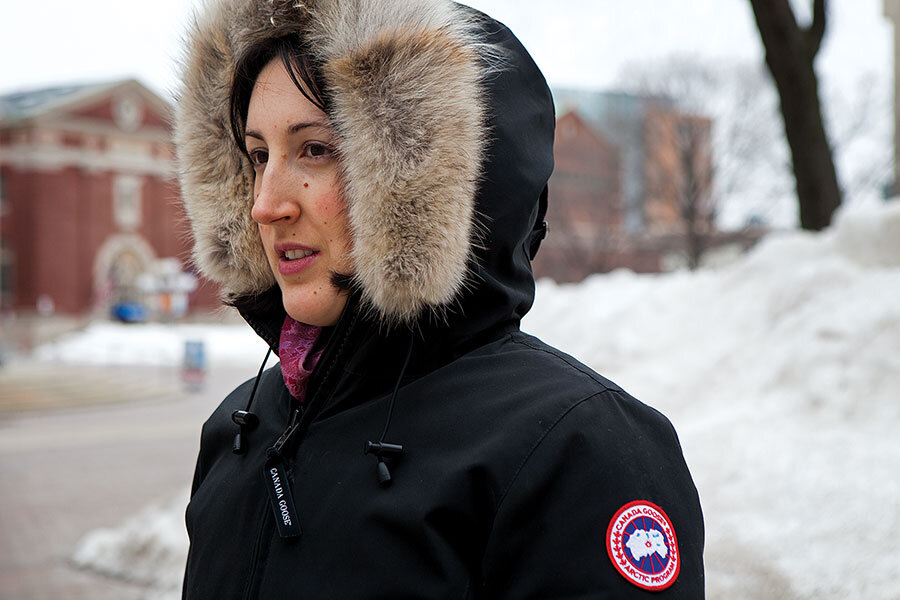Canada Goose jackets invade trendy city streets
Loading...
Boston is a city of overachievers, one where you can’t toss a commemorative Red Sox World Series Championship baseball without hitting a marathon runner, Harvard graduate, or scientist fresh back from an Antarctic expedition.
This winter, however, an army of down parkas with fur-trimmed hoods and an official-looking Arctic sleeve patch proliferated on the city's sidewalks. Was Boston being overrun by penguin researchers? Not quite. The omnipresent patched jackets are from Canada Goose, a nearly 60-year-old outerwear company that has just recently become the hottest thing in winter fashion. And the trend has been quick to conquer urban cool centers from New York to temperate Milan, Italy.
Model Kate Upton wore a white Canada Goose jacket (and not much else) on the 2013 cover of Sports Illustrated’s swimsuit issue. Since then, the coats, which run between $600 and $1,000 a pop, have become a common sight at celebrity-heavy events such as the Sundance Film Festival (the brand is an official sponsor).
It’s the biggest fashion success story to come out of Canada since Lululemon commandeered the yoga pant market. In 2001, Canada Goose made about $3 million in annual sales; for 2015, the company’s chief executive officer, Dani Reiss, expects sales to top $300 million. In January, the company, which still manufactures in Canada, bought a second factory in Toronto to keep up with demand. (They’ve also become a target for animal rights activists, thanks to the down used in the jackets and the wild coyote fur trim.)
The Canada Goose appeal comes in part from local authenticity. The company once supplied outerwear companies as well as Canadian police and park rangers before it began selling under its own name. With celebrity endorsement and a string of increasingly harsh winters in the Lower 48 it seems utilitarian winter gear is having a fashion moment – at least until the snow melts.








